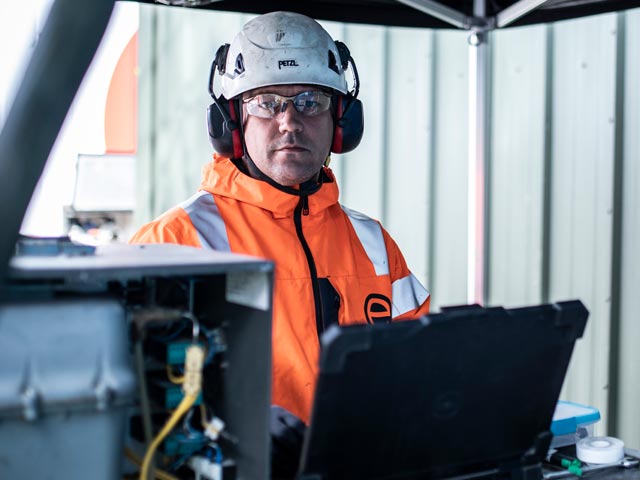We support clients in the UK and Europe with emissions testing to demonstrate compliance with Medium Combustion Plant Directive (MCPD) Emission Limit Values (ELVs) and give expert guidance throughout the permitting process and planning applications.
What is the Medium Combustion Plant Directive?
The MCPD forms part of the European Union’s Clean Air Policy Package. It regulates emissions of dust, NOx, and SO2 to reduce air pollution and the risk to human health and the environment. MCPD provides a regulatory framework stipulating air ELVs for SO2, NOx, and dust.
The medium combustion plant directive imposes permitting, monitoring, and emissions compliance requirements on Medium Combustion Plants (MCP) with a thermal input of between 1 and 50 MWth, regardless of the type of fuel used. These include engines, gas turbines, boilers (that operate as a CHP) for residential, domestic, or industrial purposes.
MCPD environmental permits
There are three types of permit for a stationary or mobile MCP:
- Standard rules permit (SRP) – low risk
- Simple bespoke – low risk / does not require air dispersion modeling
- Complex bespoke permit – high risk / requires air dispersion modeling
If you cannot meet the conditions in a standard rules permit, you must apply for a bespoke permit and conduct an air quality emissions risk assessment to quantify the impact on sensitive receptors and habitats. While all new plants require a MCPD Permit and Emissions Monitoring from the start, there is a transition phase for existing units depending on their thermal input:
- New Plant (1 to 50 MWth): Act Now
- Existing Plant (> 15 MWth): Act Now
- Existing Plant (5 to 15 MWth): Transition phase ends in 2022
- Existing Plant (< 5 MWth): Transition phase ends in 2027
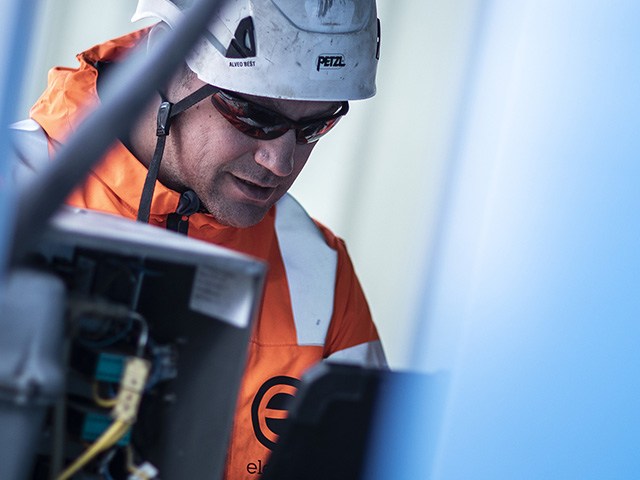
Isokinetic testing
Where dust emissions monitoring is undertaken, this requires the use of isokinetic testing methods. It is important to note the access requirements for equipment and personnel are prescriptive to ensure samples are taken safely and in accordance with MCERTS.
The Element advantage
We are the largest provider of ISO 17025 UKAS and MCERTS accredited testing in the UK and Ireland, operating from 10 regional laboratories.
For more information about MCPD emissions testing, or to know more about our MCERTS accredited stack emissions testing services, contact us today.
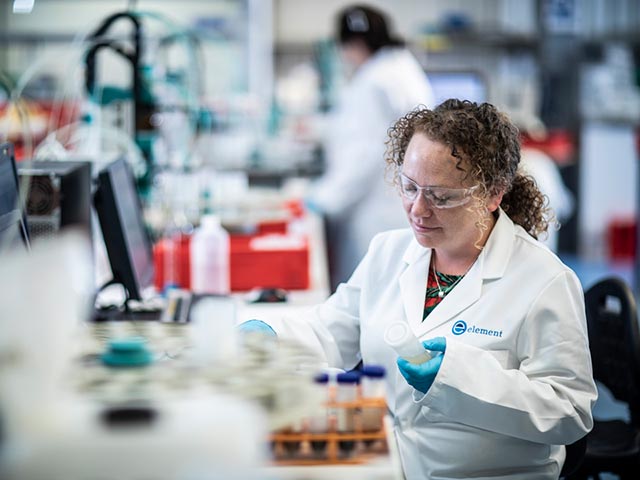
Download our MCPD white paper
For guidance on compliance challenges regarding the Medium Combustion Plant Directive (MCPD) download our white paper today.
This white paper deep dives into the Medium Combustion Plant Directive (MCPD) and includes information on compliance requirements, monitoring requirements, regulators, and timeframes.
DOWNLOADRelated Services
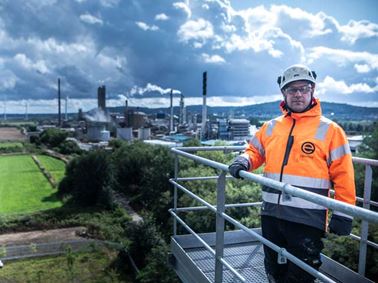
Stack Emissions Testing
Find out how our stack emissions testing services help our customers to prevent exposure, reduce emissions, improve air quality and achieve regulatory compliance for the industrial installations they operate.
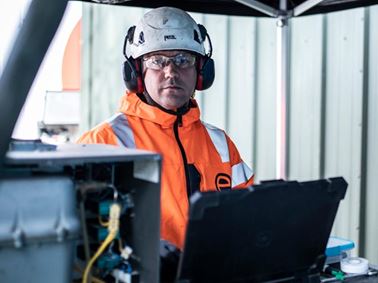
Biogas Engine and Flare Emissions Monitoring
Biogas and waste operators work with Element to monitor the biomethane and flare emissions on their sites.
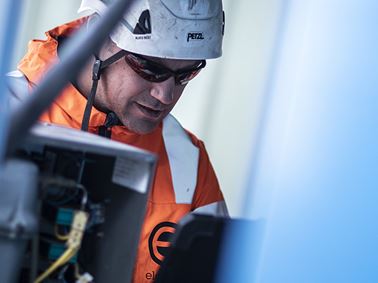
Landfill Gas Migration Monitoring
Element offers the monitoring the migration of carbon dioxide and methane from landfills to prevent a negative impact on environmental and human health.
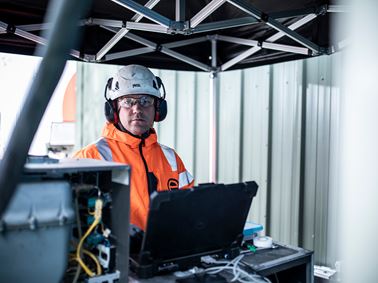
Ambient Air Quality
Find out how we help our customers comply with regulations for ambient air quality to protect human health and the environment from the harmful effects of air pollution.
